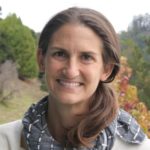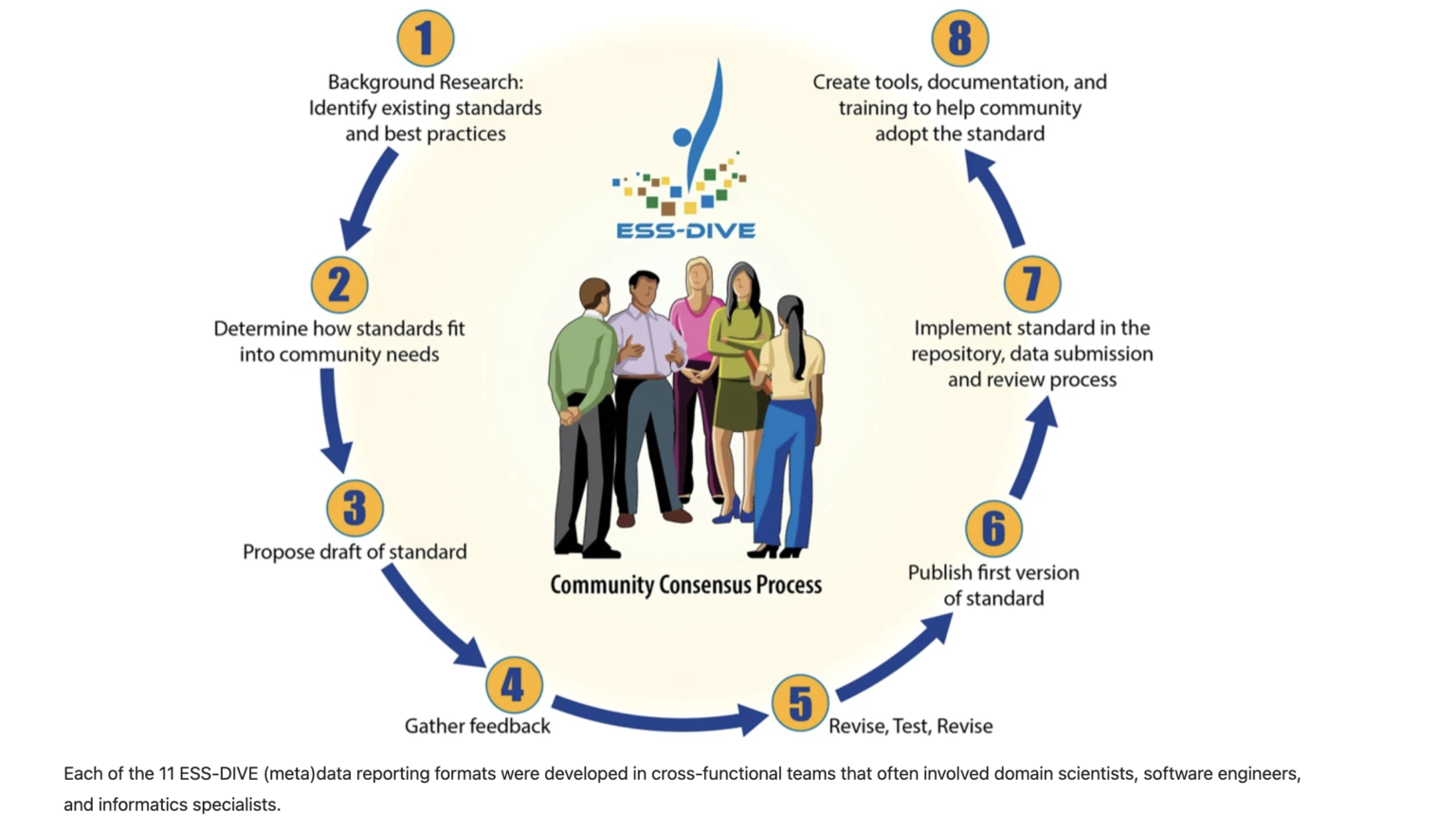The ESS-DIVE Team is looking forward to participating in the Environmental System Science (ESS) Cyberinfrastructure (CI) Working Group Annual Meeting and ESS PI Meeting on May 15th and May 16th-17th, respectively. Deb Agarwal, Charu Varadharahan, Shreyas Cholia, Joan Damerow, and Emily Robles will all be in-person for the ESS CI and ESS PI meetings! Below are some ways that you can engage with ESS-DIVE at both meetings:
ESS CI Working Group Annual Meeting – May 15th, 2023
Project Updates: ESS-DIVE
Presenter: Charu Varadharajan, ESS-DIVE Co-PI, Lead: Community Engagement
Date and Time: May 15th, 2023; 9:30 AM – 9:40 AM ET / 6:30 AM – 6:40 AM PT
Flash Talk: Interactive Supercomputing With Jupyter
Presenter: Shreyas Cholia, ESS-DIVE Co-PI, Lead: Scaling, Resilience and Integration
Date and Time: May 15th, 2023; 10:45 AM – 12:00 PM ET / 7:45 AM – 9:00 AM PT
Data: Breakout Round Robin
Leads: Joan Damerow, Community Engagement Lead Scientist; Ben Sulman (ORNL)
Date and Time: May 15th, 2023; 3:15 PM – 4:15 PM ET / 12:15 PM – 1:15 PM PT
Data Management supporting integration in ModEx, including 1) model inputs: types of data, data standards and metadata, gap filling, normalization and access, and 2) model outputs: formats, archiving and use in experimental design
Models: Breakout Round Robin
Leads: Charu Varadharajan, ESS-DIVE Co-PI, Lead: Community Engagement; Ethan Coon (ORNL)
Date and Time: May 15th, 2023; 3:15 PM – 4:15 PM ET / 12:15 PM – 1:15 PM PT
Exploring the various types of watershed and ecosystem models, from phenomenological to process-based, their different roles and data needs and how best to use this broad range of models to address different scientific questions at different scales.
ESS PI Meeting – May 16th to 17th, 2023
ESS-DIVE tutorials: Managing project data on ESS-DIVE
Presenter: Joan Damerow, Community Engagement Lead Scientist
Session Date and Time: May 16th, 2023; 10:30 AM -12:30 PM ET / 7:30 AM – 9:30 AM PT
This session is designed for PI’s and data managers who want to learn how to manage project data on ESS-DIVE. We will first provide an overview of how ESS-DIVE can support a project’s data management needs. The tutorial will then walk through how to use ESS-DIVE features for project data management, including: (1) new features to assign project data managers and create teams, (2) sharing data permissions with project members for collaborative editing and review, (3) creating portals to showcase project data collections, and (4) linking ess-dive datasets to other repositories.
ESS-DIVE tutorials: Creating and publishing high-quality datasets
Presenter: Emily Robles, Senior Research Associate
Session Date and Time: May 16th, 2023; 1:00 PM – 2:30 PM ET / 10:00 AM – 11:30 AM PT
Learn how to upload and publish data with ESS-DIVE as a new contributor in this hands-on training session. We will cover all of the basics needed to get started with publishing datasets, from important considerations for organizing data and accompanying metadata, to choosing an upload method for dataset submission, and requesting publication and following the dataset review process. Our hands-on activity walks through creating and submitting a dataset to ESS-DIVE’s sandbox using our online submission form. We will also discuss ways that researchers can improve the quality of their datasets by using ESS-DIVE’s community data and metadata formats.
Poster: ESS-DIVE Overview: A Scalable, User-focused Repository for Earth and Environmental
Presenter: Shreyas Cholia, ESS-DIVE Co-PI, Lead: Scaling, Resilience and Integration
Poster: Community-developed (meta)data reporting formats to enable data reuse in ESS-DIVE
Presenter: Charu Varadharajan, ESS-DIVE Co-PI, Lead: Community Engagement



 Presenter:
Presenter: Presenter:
Presenter: